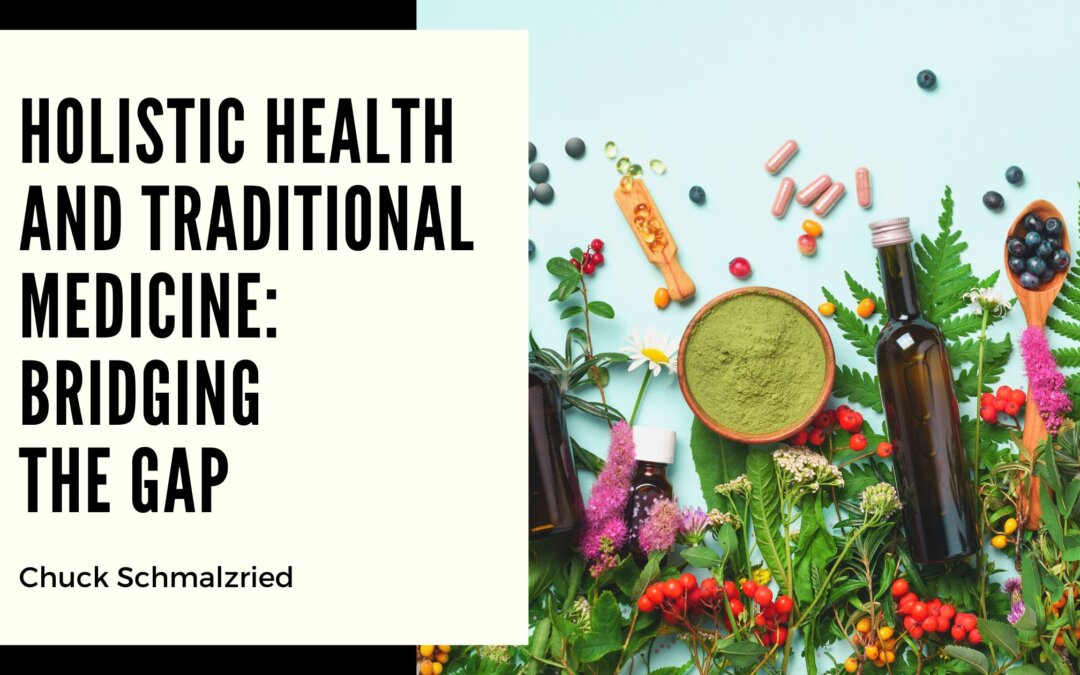Holistic health and traditional medicine may seem divergent initially, but they share common goals: promoting well-being and treating health conditions. Both approaches have unique strengths, and there is growing recognition of the potential benefits that can be achieved by bridging the gap between them. By combining the wisdom of traditional medicine with the holistic principles of comprehensive well-being, individuals can experience the best of both worlds in their pursuit of optimal health.
Holistic Health Overview:
Holistic health, or complementary and alternative medicine (CAM), takes a patient-centered, whole-person approach to health and healing.
Prevention and Maintenance: Holistic health places a strong emphasis on preventive care and maintenance, with a focus on lifestyle choices, nutrition, physical activity, and mental well-being.
Natural and Alternative Therapies: Holistic health incorporates natural and alternative therapies such as herbal medicine, acupuncture, chiropractic care, and mindfulness practices like meditation and yoga.
Individualized Care: Holistic health embraces the idea that everyone has unique needs and preferences.
Traditional Medicine Overview:
Traditional medicine encompasses many healing practices and systems passed down through generations within specific cultures. It includes traditional Chinese medicine, Ayurveda, traditional African medicine, and other indigenous healing practices. Key principles of traditional medicine include:
Time-Tested Wisdom: Traditional medicine draws upon centuries of accumulated knowledge and experience. These healing systems often have deep roots in cultural and historical traditions.
Holistic Approach: Traditional medicine views health holistically, considering the interconnectedness of mind, body, and spirit. It often emphasizes balance, harmony, and alignment with nature.
Herbal Remedies: Many traditional medicine systems use herbal and plant-based therapies to treat various health conditions.
Energy and Vital Force: Some traditional medicine systems, such as traditional Chinese medicine, focus on concepts like qi (energy) and prana (life force) to explain health and illness.
Bridging the Gap:
Bridging the gap between holistic health and traditional medicine involves recognizing the strengths of each approach and integrating them where appropriate.
Herbal Medicine: Traditional herbal remedies can be incorporated into holistic health practices to address specific health concerns. Herbs and plant-based therapies are often used in holistic medicine to promote well-being and treat various conditions.
Mind-Body Practices: Traditional yoga, tai chi, and meditation can be integrated into holistic health routines to promote mental and emotional well-being.
Cultural Competency: Holistic health practitioners should strive to be culturally competent and understand the traditions and beliefs of patients from diverse cultural backgrounds. This ensures respectful and effective care.
Patient-Centered Care: The key to bridging the gap is to provide patient-centered care that considers individual needs and preferences. Patients should be free to choose treatments that align with their beliefs and values.
Individuals can enjoy a more comprehensive and personalized approach to health and healing by bridging the gap between holistic health and traditional medicine.

